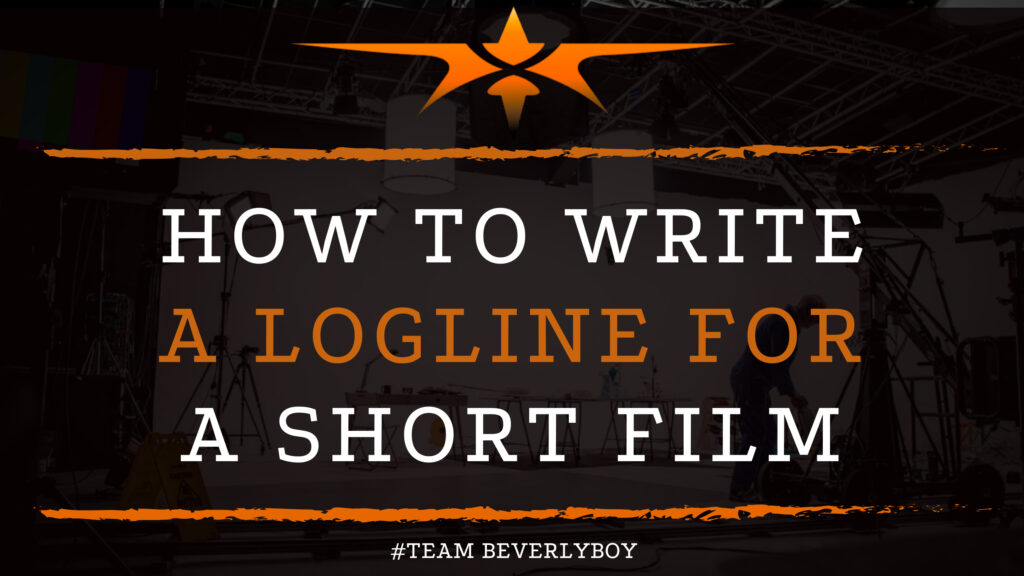How to Write Loglines for Screenplays
Before any screenplay is actually written it begins as a formal thought with a clearly defined narrative that hooks the reader and entices him or her to consider reading the rest of the story. Every great screenplay starts as a properly formulated & expertly written logline. In fact, no matter what stage you’re at in production, knowing how to write loglines for screenplays represents a key skill. It may be the difference between a script that gets produced. And one that doesn’t.
GET A VIDEO QOUTE FOR YOUR PROJECT TODAY

What is a Logline?
Before you could possibly know how to write loglines for screenplays you’ve got to know what a logline is. As well as what goes into a great logline. A logline is a one-sentence (or two sentence) summary of your narrative.
It describes the film’s main character, conflict, and antagonist. Such that the reader is compelled or hooked into reading the entire script. It’s basically a 30 word or less summary of your screenplay. And it’s your greatest chance at getting the rest of your script read or produced.
Parts of a Logline
In order to write great loglines for screenplays you’ve got to know the different parts of a logline. And what goes into crafting a well-defined, classic logline. That will hook your listener and grab their attention.
Every logline is made up of the following 4 parts, which may be crafted into the logline in any order:
[protagonist] + [inciting incident] + [protagonist’s goal] + [central conflict]
As you can see, the logline mentions the protagonist (usually the main character), the antagonist, the action, and an inciting incident. In fact, some logline formulas may look more like:
[inciting incident} + [protagonist] + [action] + [antagonist]
Realistically, the logline can be crafted with these bits of information in just about any order so long as the details are included.
The main purpose is to see the main character, who the character is pitted against, the incident that pits the two against one another, and the action or outcome that is desired.

How to Write Loglines for Screenplays
Before you begin writing your logline, make sure that you have the following key elements of your story figured out:
Protagonist
Don’t use character names, keep it vague. But provide details about who your movie is about. Focus on key elements of the character.
Such as “A beautiful restaurant owner” or “A wealthy businessman” or “A talented musician”. All of these provide details about who our protagonist might be.
Antagonist
Again, don’t use character names, keep it vague but provide details that will help the reader know why the antagonist is part of the story. For example, “an incarcerated & manipulative serial killer” or “sinister forces.”
Action
The action is part of what drives the story, and it may also be important to the central conflict – it’s whatever the character must DO before the central conflict “wins” such as “reversing a zombie outbreak” or “embarking on a treacherous journey.”
Inciting incident
This is what sets the story in motion, and it might also be called the call to adventure or the catalyst. Such as “a promotion at work” or “a visit from a high school sweetheart” or “after graduating from high school.”
Summary
These are key elements of your story! If you haven’t figured them out already, you don’t really have a working storyline — yet.
As you’re learning how to write loglines for screenplays, make sure that you are focused on how you will clearly lay out the narrative for the reader without giving away the ending.
Follow with active ad visual language that describes the struggle or journey that your character is on. And make sure to consider the irony of the entire situation.
The use of irony and increased stakes in your loglines will help you to really learn how to write loglines for screenplays that are going to amaze the reader and encourage them to read your entire script.


